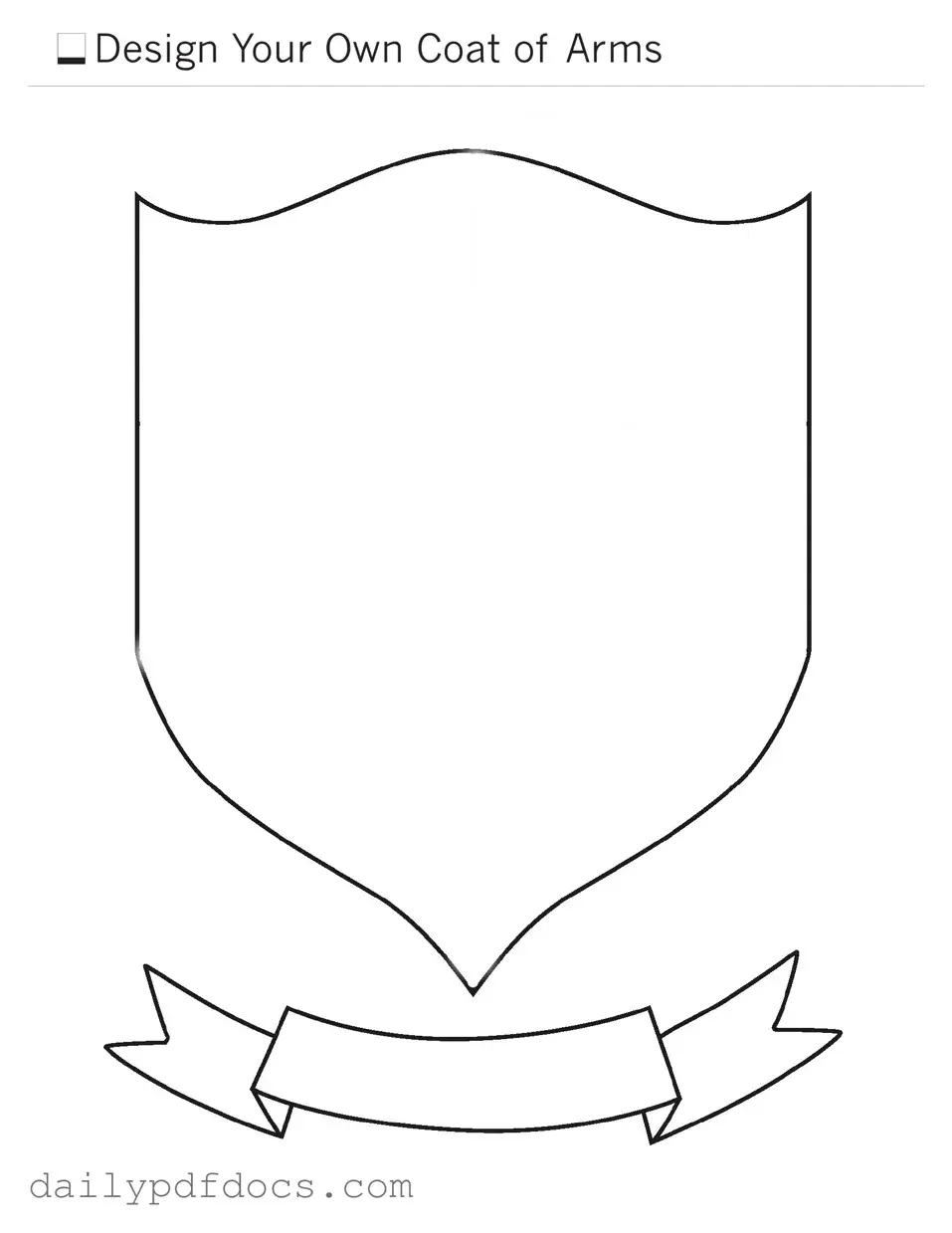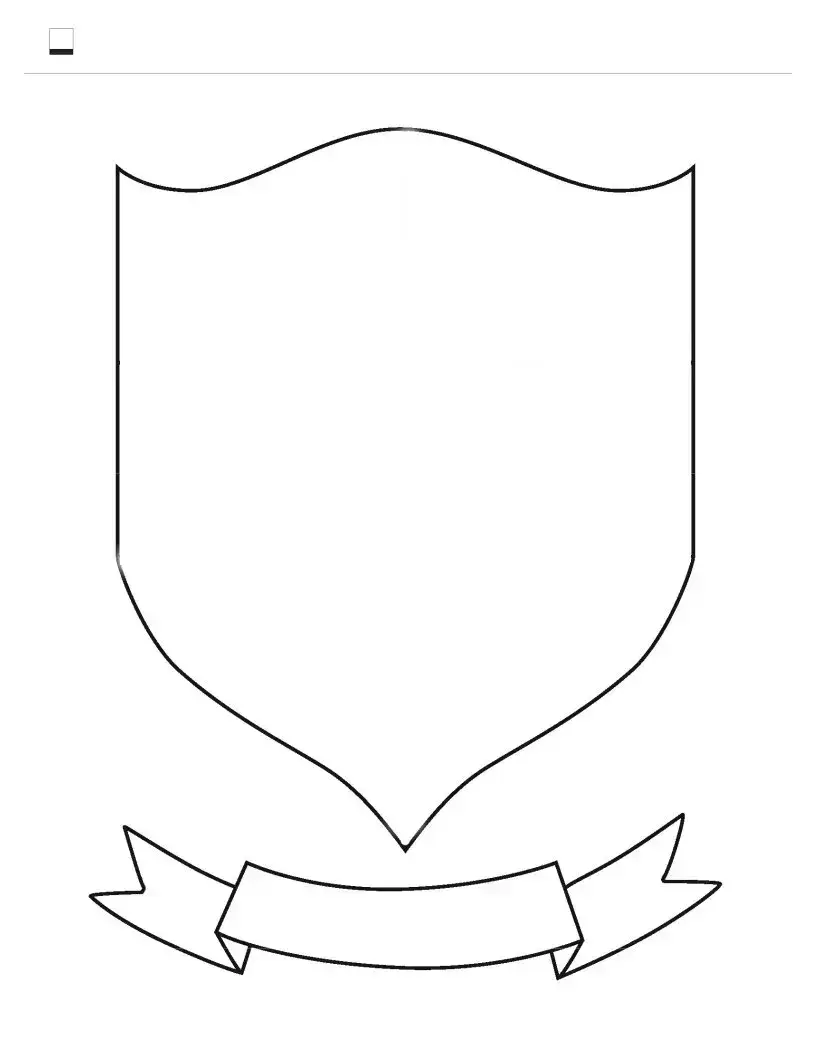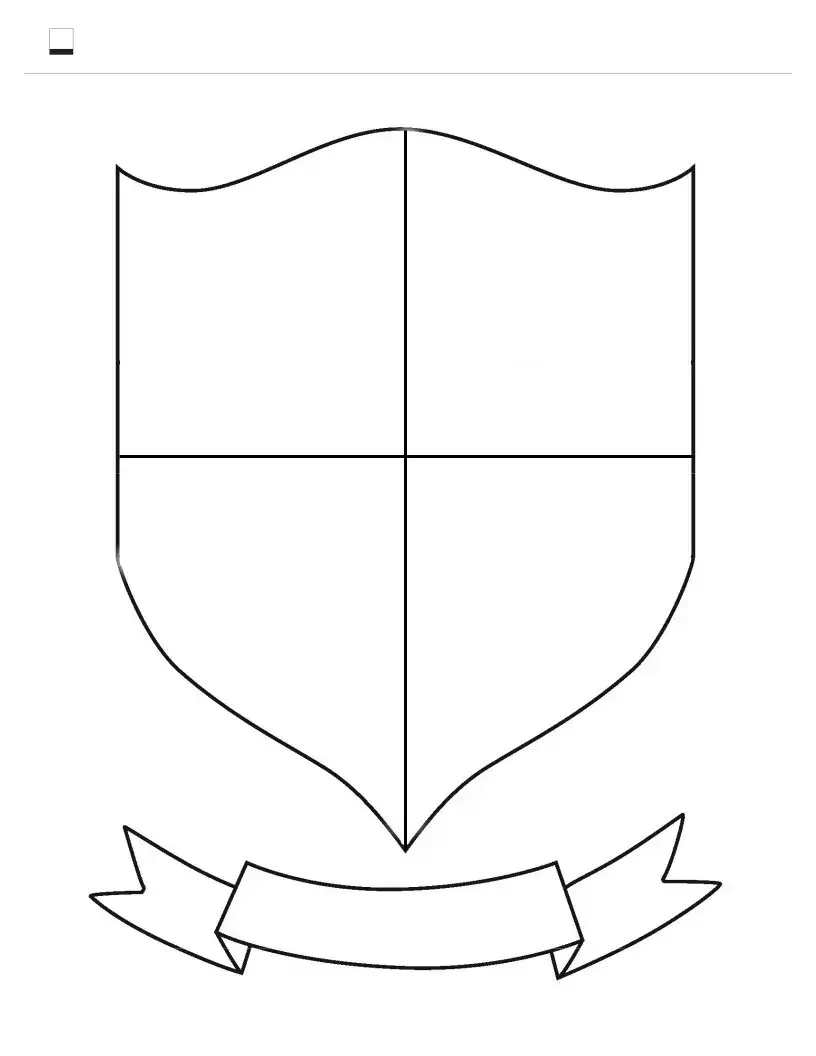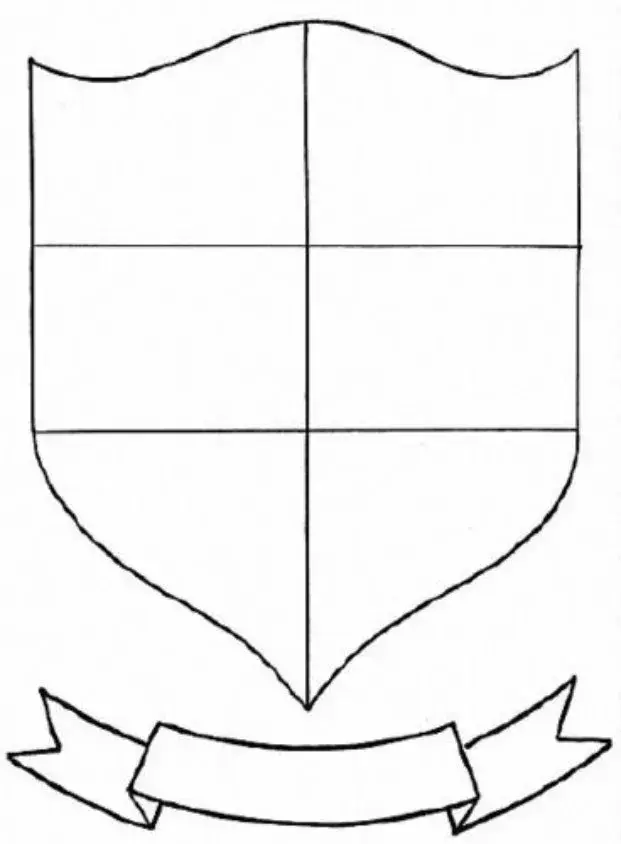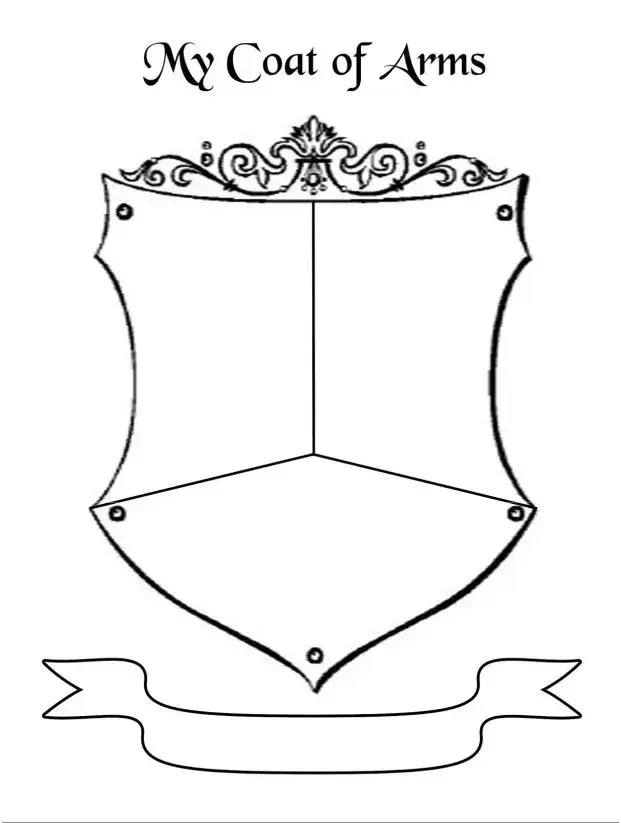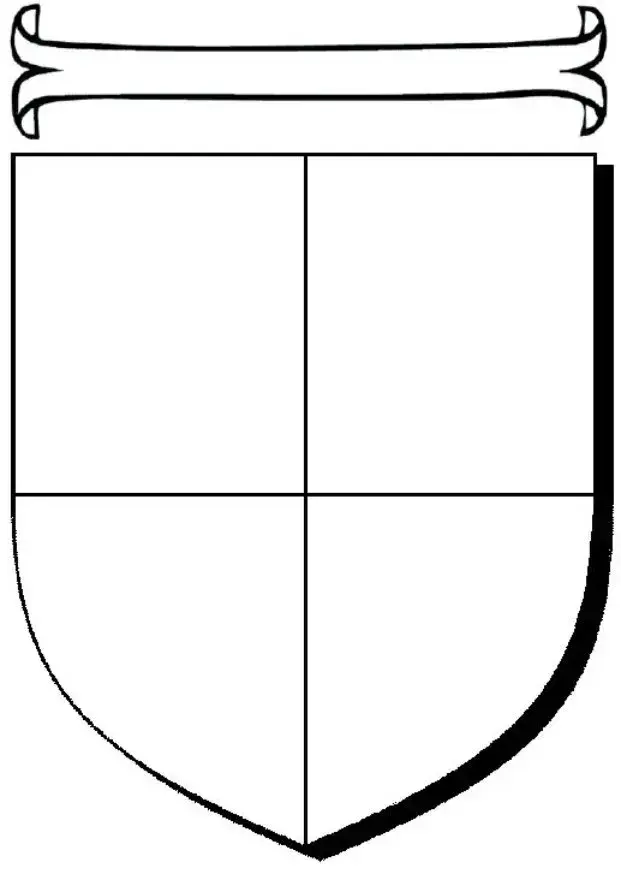What is the Coat Of Arms form used for?
The Coat Of Arms form is typically used to request the creation or registration of a family coat of arms. This form can be essential for individuals or families looking to establish their identity or heritage through heraldry. The coat of arms often represents values, history, and achievements, making it a meaningful symbol for many. Completing this form accurately is crucial to ensure that your coat of arms reflects your family’s unique story.
Who is eligible to apply for a Coat Of Arms?
Eligibility to apply for a coat of arms usually extends to individuals or families with a legitimate claim to a heraldic lineage. This may include descendants of nobility or those who can demonstrate a significant connection to a particular family name. However, many heraldic authorities also allow individuals to create a personal coat of arms based on their unique identity, regardless of their ancestral background. It’s important to check the specific requirements of the heraldic authority you are applying to.
What information do I need to provide on the form?
When filling out the Coat Of Arms form, you will generally need to provide personal details such as your name, address, and any relevant family history. Additionally, you may be asked to describe the design elements you wish to include in your coat of arms. This could involve colors, symbols, and mottos that hold significance to you or your family. The more detailed and thoughtful your submissions, the better the final design will represent your heritage or personal values.
How long does the process take once I submit the form?
The processing time for a Coat Of Arms application can vary widely depending on the heraldic authority you are dealing with. Typically, it may take several weeks to a few months for your application to be reviewed and approved. Factors influencing this timeline include the complexity of your design, the volume of applications being processed, and any additional research required to verify your claims. Patience is key, as the creation of a coat of arms is a meaningful process that deserves careful consideration.
